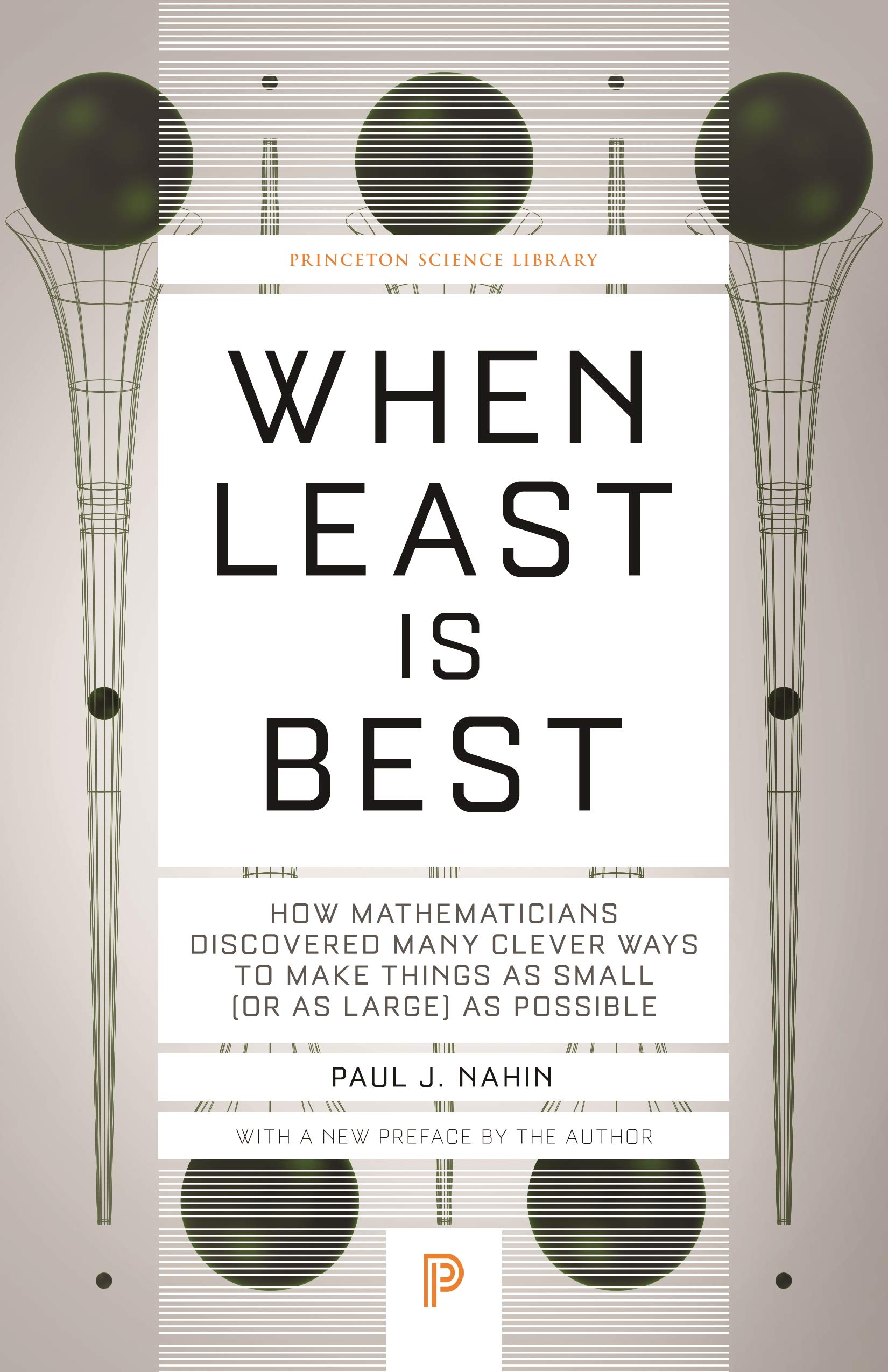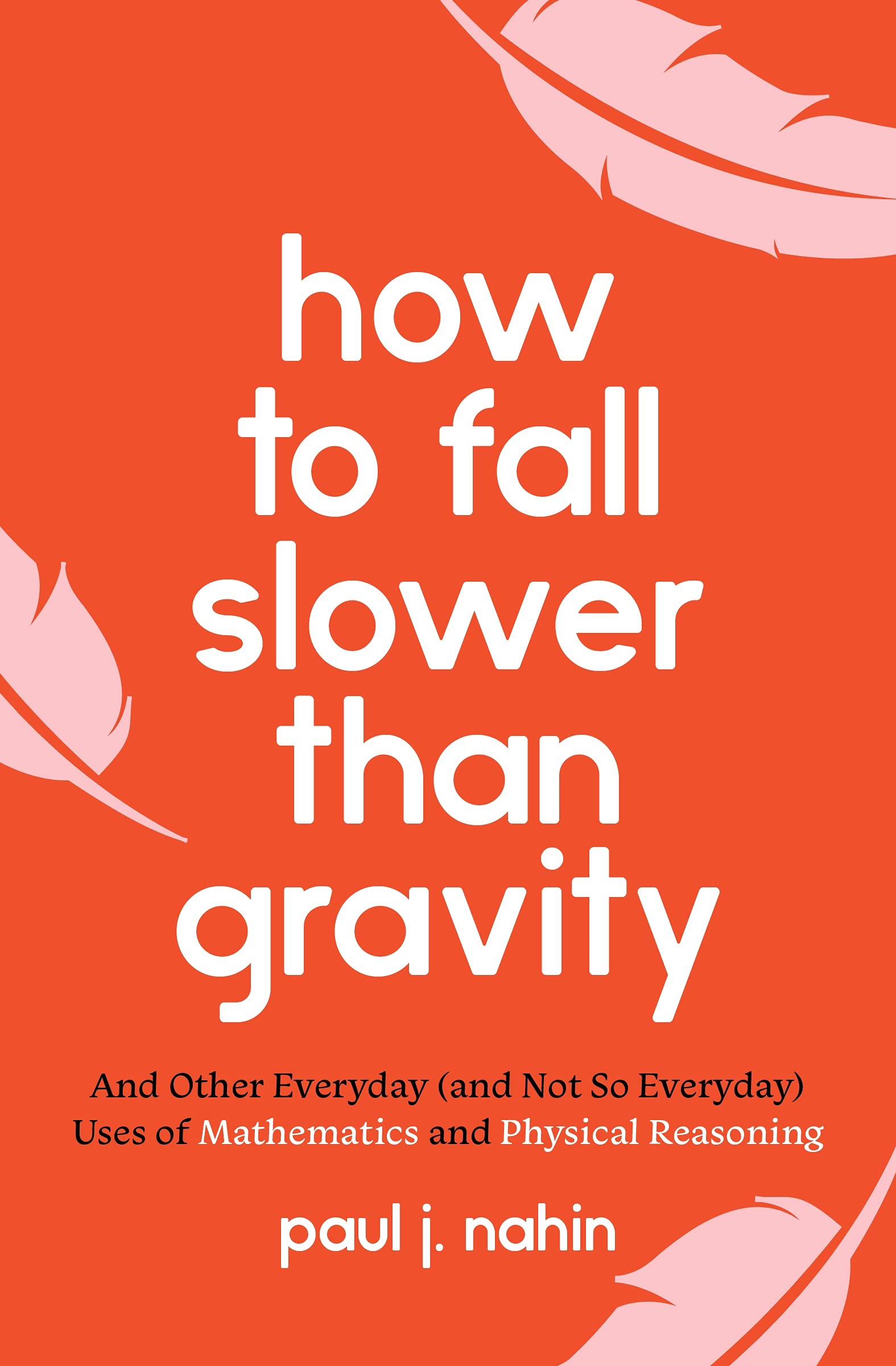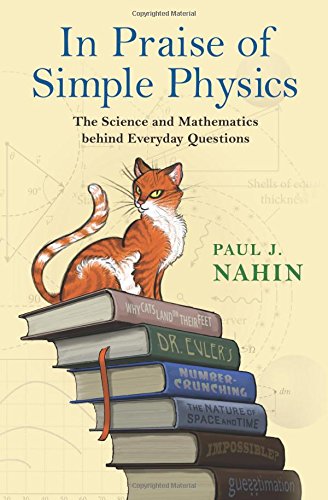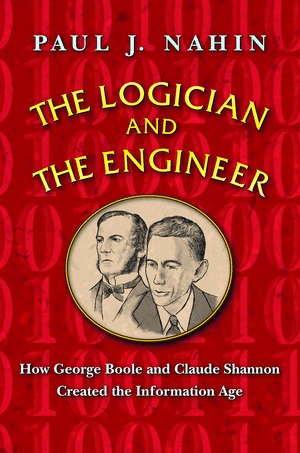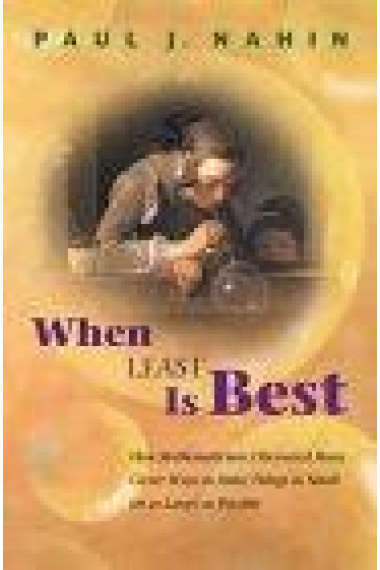
Book Details
What is the best way to photograph a speeding bullet? Why does light move through glass in the least amount of time possible? How can lost hikers find their way out of a forest? What will rainbows look like in the future? Why do soap bubbles have a shape that gives them the least area? By combining the mathematical history of extrema with contemporary examples, Paul J. Nahin answers these intriguing questions and more in this engaging and witty volume. He shows how life often works at the extremes -- with values becoming as small (or as large) as possible -- and how mathematicians over the centuries have struggled to calculate these problems of minima and maxima. From medieval writings to the development of modern calculus to the current field of optimization, Nahin tells the story of Dido's problem, Fermat and Descartes, Torricelli, Bishop Berkeley, Goldschmidt, and more. Along the way, he explores how to build the shortest bridge possible between two towns, how to shop for garbage bags, how to vary speed during a race, and how to make the perfect basketball shot. Written in a conversational tone and requiring only an early undergraduate level of mathematical knowledge, When Least Is Best is full of fascinating examples and ready-to-try-at-home experiments. This is the first book on optimization written for a wide audience, and math enthusiasts of all backgrounds will delight in its lively topics.
See more - Binding Others
- Author/s Nahin, Paul J.
- ISBN13 9780691070780
- ISBN10 0691070784
- Pages 370
- Published 2004
When least is best: how mathematicians discovered many clever ways to make things as small (or as large) as possible
- Author Paul J. Nahin
- Publisher PRINCETON
- ISBN 9780691070780

38,33€
40,35€
-5%
Shipping Free
Check availability
38,33€
40,35€
-5%
Shipping Free
Check availability
Our booksellers can check its availability and give you an estimate of when it will be ready.
 Thank you for shopping at real bookstores!
Thank you for shopping at real bookstores!

 Alibri Llibrería, Barcelona
Alibri Llibrería, Barcelona
 Librería Lé, Madrid
Librería Lé, Madrid
 Caselles Llibrería, Lleida
Caselles Llibrería, Lleida








